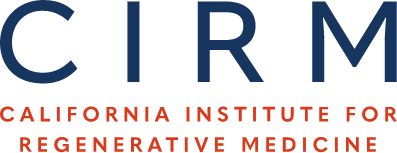Our History

20 Years of Scientific Innovation: Our History
The California Institute for Regenerative Medicine (CIRM) was established in 2004 when 59 percent of California voters passed Proposition 71, also known as the California Stem Cell Research and Cures Initiative. This vote created CIRM and allocated $3 billion to fund the research and development of stem cell treatments for Californians with unmet medical needs—at a time when no federal funding for this type of research existed.
Proposition 71 also bridged a critical gap in funding between what was needed by Californians, reducing a potential long-term state health care burden, and contributing to the improvement of our health care system.
Proposition 71 called for the creation of a 29-member governing board composed of researchers, business leaders, and patient advocates. In 2005 this group held its first meeting to establish leadership, find headquarters in the Bay Area, and create working groups.
CIRM issued its first round of funding in 2006 with the primary goal of fueling stem cell research in the state. Recognizing the importance of building the future regenerative medicine workforce and the need for scientists with experience in stem cell research, CIRM launched its education and training initiatives, supporting programs across the state to train the next generation of scientists.
With funding allocated by Proposition 71, CIRM issued hundreds of awards to drive regenerative medicine forward, including infrastructure projects to provide scientists across California the tools, technologies, resources, and support they need to advance stem cell research, as well as research grants to find treatments for a variety of diseases and conditions like HIV, diabetes, Parkinson’s disease, and cancer.
Renewal Through Proposition 14
In 2020, California voters renewed their trust in CIRM with their support of Proposition 14—the California Stem Cell Research, Treatments, and Cures Initiative—which gave CIRM an additional $5.5 billion to fund stem cell and regenerative medicine research.
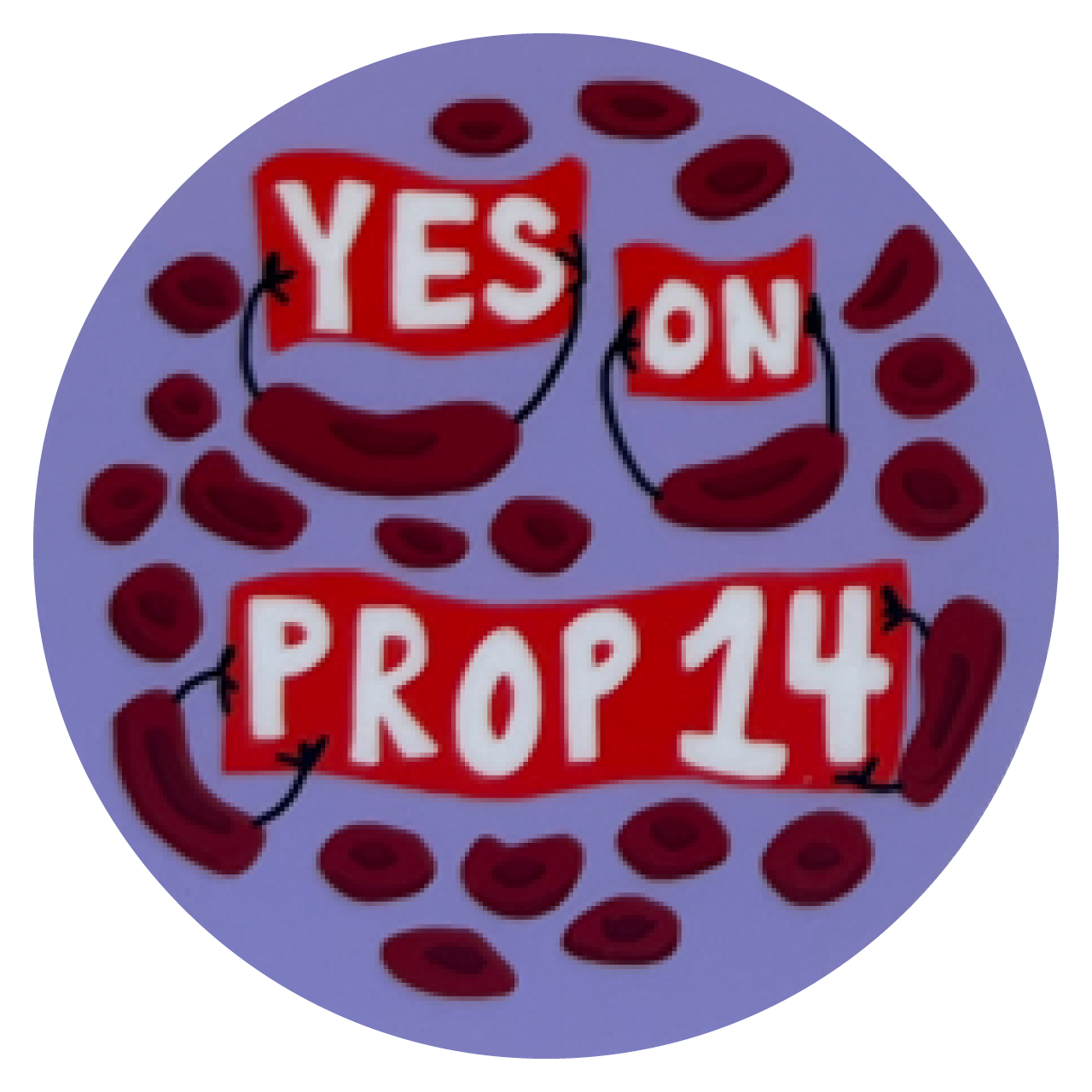
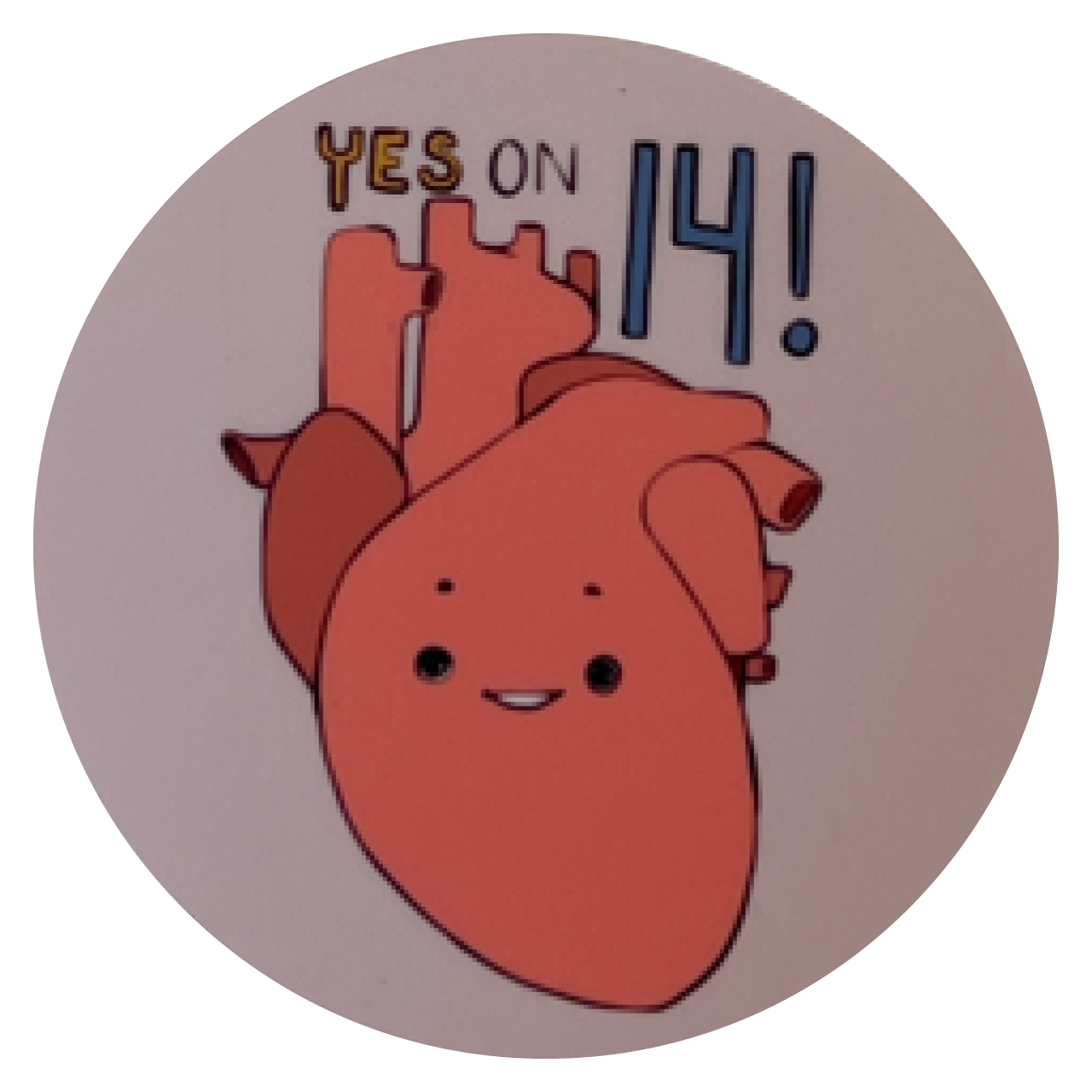
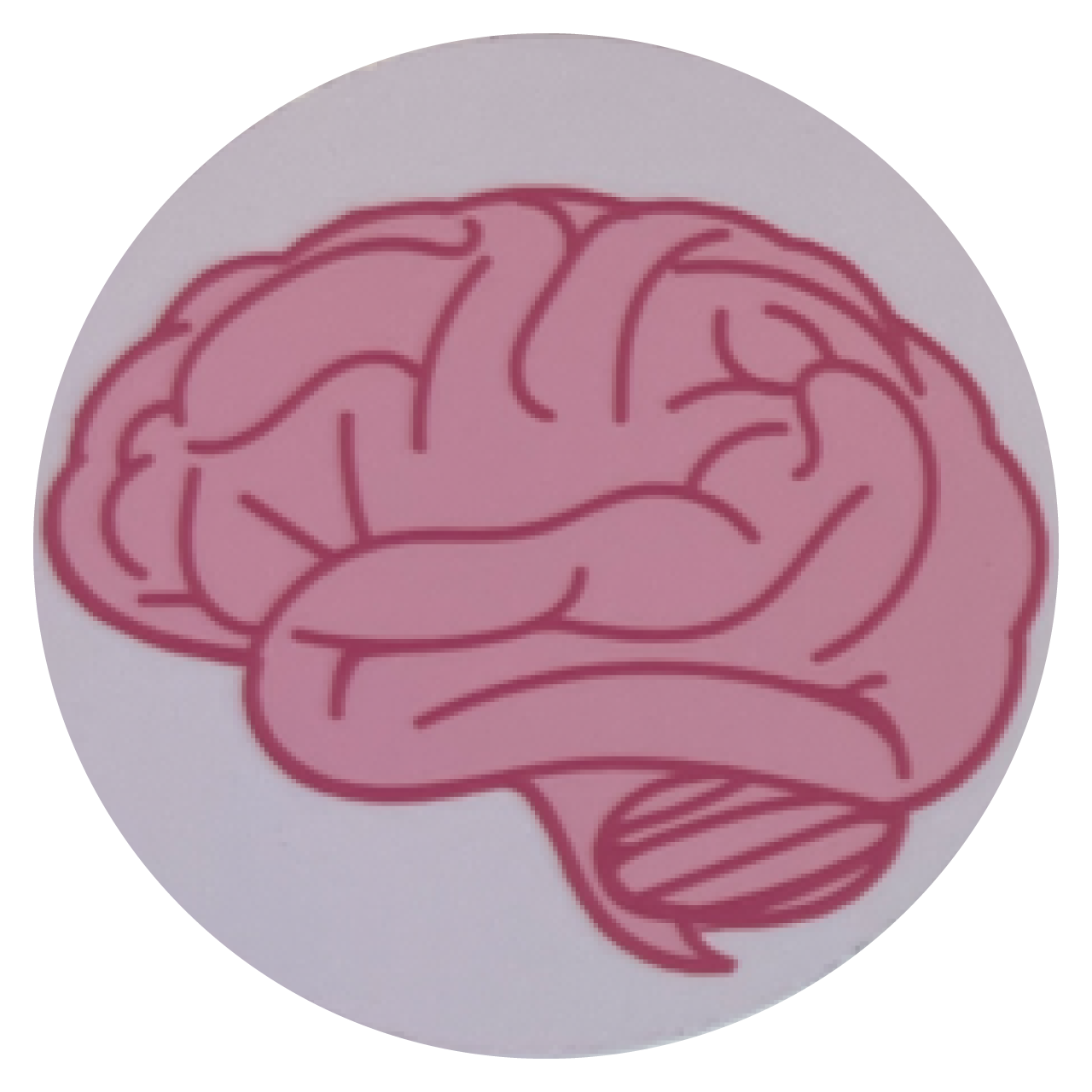
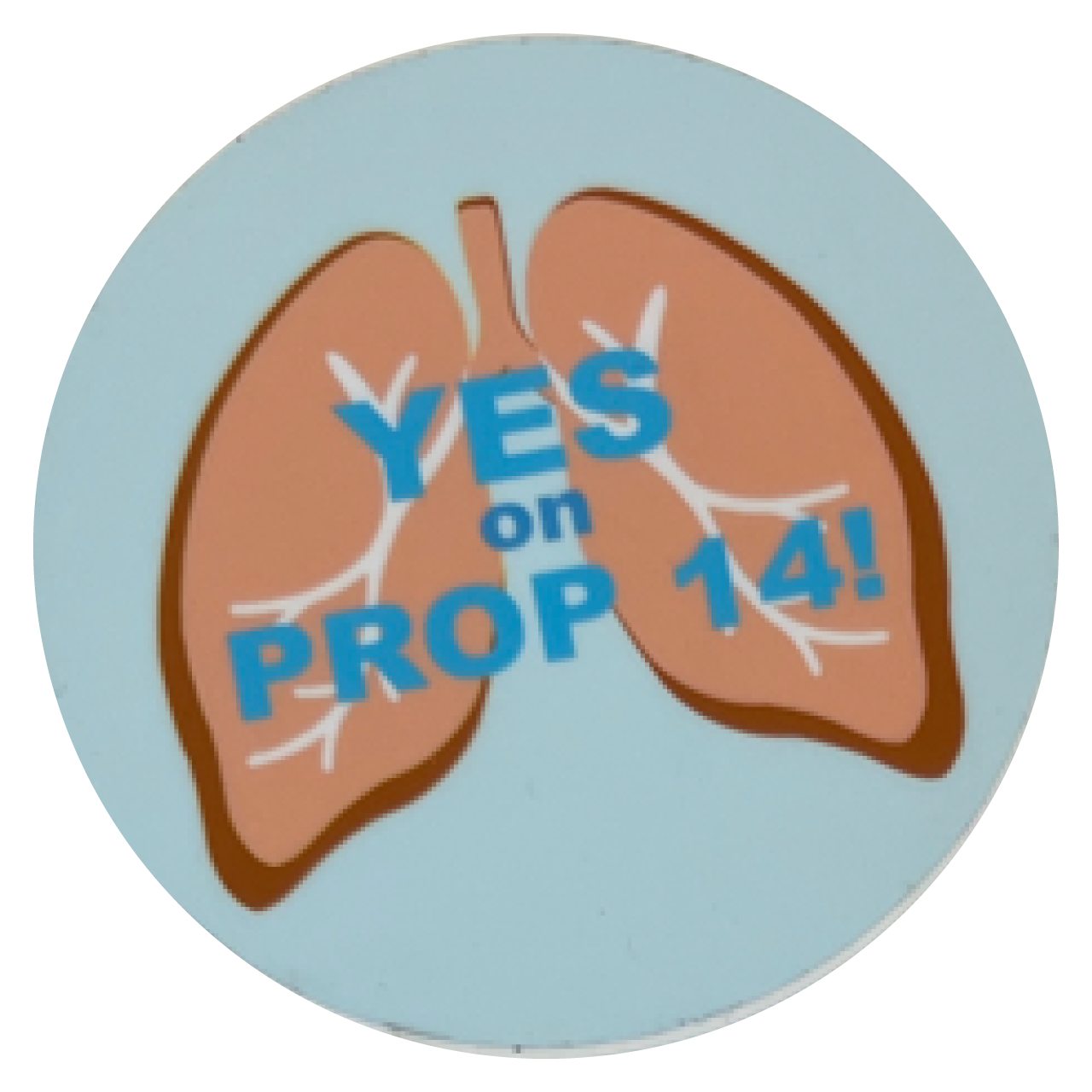

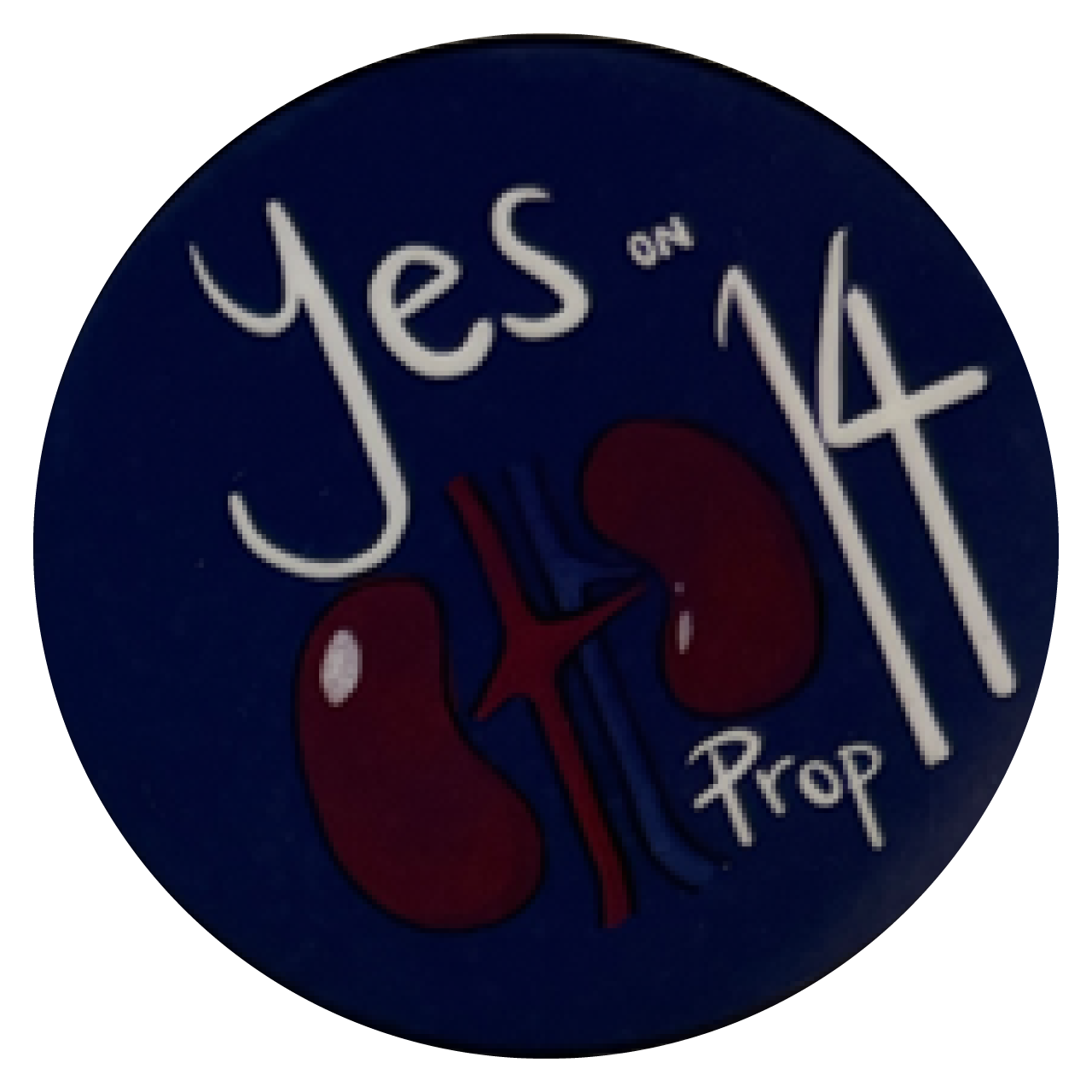
Prop 14 also mandated additional programs to bring advancements in research to all Californians, including launching patient access programs like the Community Care Centers of Excellence, designed to serve as a hub for expanding access to clinical trials, regenerative medicine treatments, and CIRM training programs, as well as establishing a Patient Support Program to support patients through the clinical trial process.
Through Prop 14 funding, CIRM is slated to dedicate at least $1.5 billion of CIRM’s $5.5 billion in additional total funding to the support of research and development of treatments for diseases and conditions of the brain and central nervous system.
With renewed funding, CIRM is poised to continue igniting world-class science and development of breakthrough therapies, establishing educational foundations for the future, investing in infrastructure, propelling partnerships, and improving patient access.

